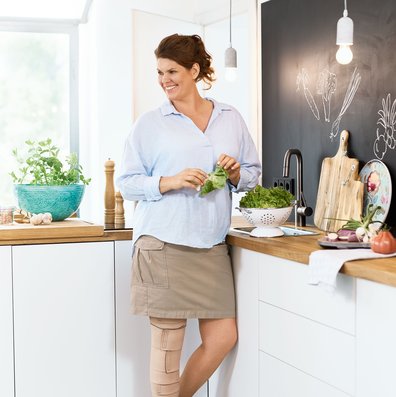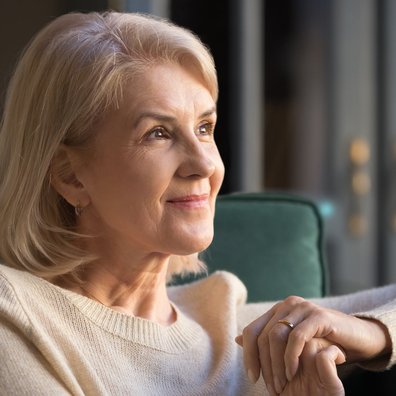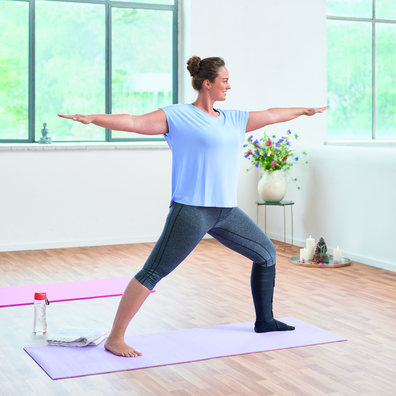Lymphoedema Treatment
Primary and Secondary Lymphoedema
Lymphoedema can't be cured, but it can still be treated and managed. Here are some ways you can reduce symptoms and get the support you need. Remember, it’s important to get medical advice before beginning any treatment plan.
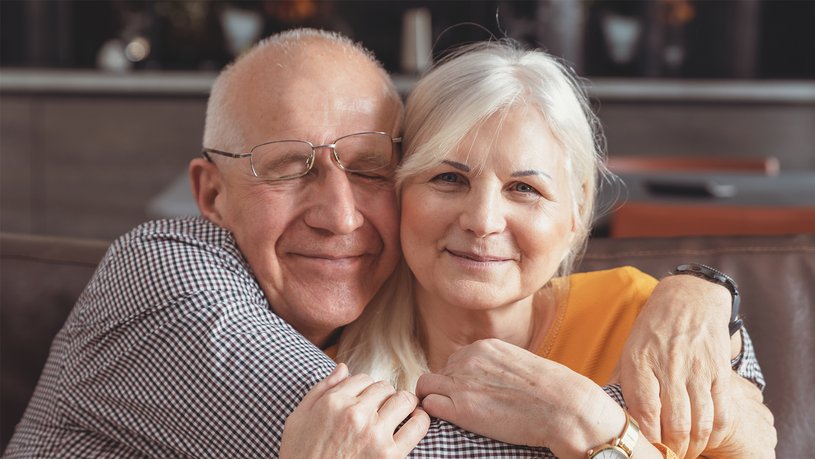
Compression therapy can help alleviate the symptoms of Primary and Secondary Lymphedema. Your care provider will show you how to apply short-stretch bandages, and appropriate compression garments to the swollen area.
The type of product you are prescribed will depend on the level of your swelling. You will need to wear this from the moment you get up until you go to bed at night, for compression to work at its best. Depending on how your swelling responds, it may be recommended that you wear a day and a night time compression product.
Compression garments increase the pressure on the skin and underlying structures, to counteract the effects of gravity. Compression improves the removal of blood and lymph from the limb, reduces swelling, and promotes healing of the skin.
While compression is often the cornerstone of your treatment, taking care of your general health, from your skin to your diet, can make a huge difference to how well your treatment works.
Manual Lymph Drainage (MLD) is a kind of specialist massage that helps to stimulate the lymphatic system and encourages the flow of lymph fluid. Your care provider will use their hands to massage the affected area and encourage lymph to drain normally. You can learn a simplified version of this technique to do yourself at home.
Self Manual Lymph Drainage is often recommended for breast cancer patients soon after treatment or surgery, as damage or removal of lymph nodes increases your risk of developing lymphedema. If you are scheduled to have sentinel lymph node biopsy (SLNB), ask your care provider to measure the circumference (distance around) both arms before surgery. This will help you to recognize any changes quickly and start treatment right away.
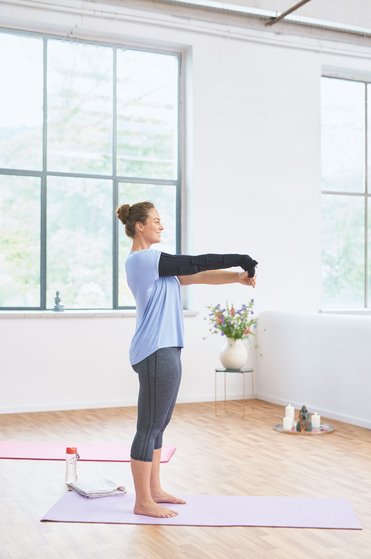
We all know about the cardiovascular benefits of regular exercise, and these are especially important for those with Chronic Venous Insufficiency. But, as the lymphatic system doesn’t rely on our hearts to pump lymph around the body, how can exercise help people living with Lymphedema?
Being active helps you strengthen the muscles and joints needed for effective lymphatic pumping and maintain a healthy weight. It also improves your mood, sleep quality and general energy, which are all important when you’re managing a chronic condition.
There are also specific decongestive breathing exercises that can help to improve the return of lymphatic fluid back to the bloodstream.
Ask your care provider about diaphragmatic and abdominal breathing exercises that you can do at home while wearing your compression garments.
If you have swelling caused by a build-up of fluid, it's important to look after your skin as any injury or infection can make the swelling worse.
- Examine your skin every night, after removing your compression garments
- Cleanse the swollen area with plain soap or cleansing solution and water
- Apply a moisturiser to your skin, to keep it hydrated. Avoid brands with high alcohol content as these can dry out the skin
- Avoid using a fragranced soap or lotion as these can irritate the skin
- Make sure the area is fully dry before reapplying any compression garments
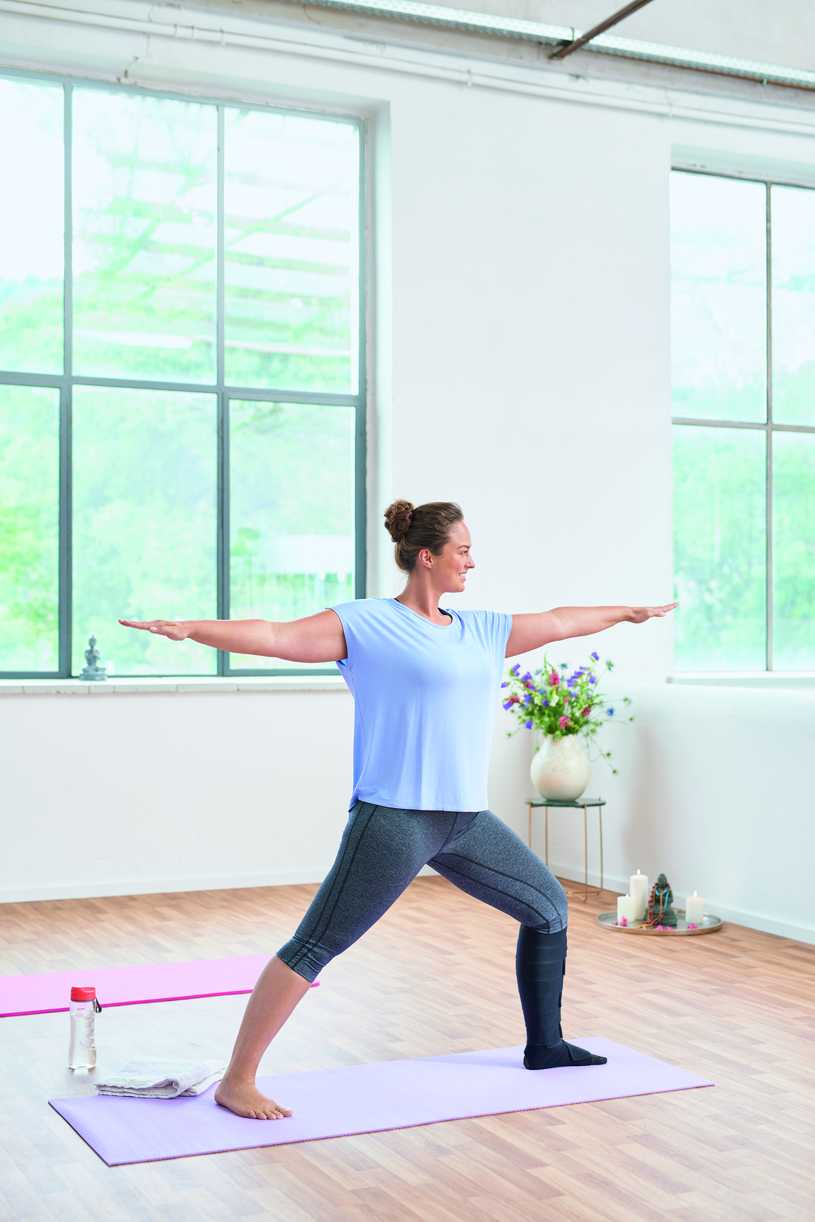
Mental health
Living with any long-term health condition can make you feel isolated, anxious and depressed. As Lymphoedema and Chronic Venous Insufficiency result in swelling, the change in physical appearance can also make you withdraw from social situations or stop taking part in activities you previously enjoyed. It’s important to talk about your feelings to family, friends, your care provider or other people living with the same condition through social groups, in person or online.
Support groups
While support groups aren't used to treat Lymphoedema, they can help provide other forms of comfort and relief that are equally as important. Some support groups that may be of interest to you:
Medication
You may also be trying to manage other health problems, such as high blood pressure. It’s important to keep up with any other medications during your treatment for Lymphedema or Chronic Venous Insufficiency. While some medications can cause swelling, some will make your condition worse if you stop taking them. Always check with your care provider before taking a new medication, if it hasn’t been prescribed.
Managing Flare-ups
If you’re often suffering from flare-ups or infections, or your swelling is getting worse, it’s important to go back to your care provider for specialist advice.
Sometimes, a flare-up can be the result of an ill-fitting compression garment. You might be wearing a garment that’s no longer suitable for you; or it may be time to replace it. You can always go back to your physician to be refitted and order a new compression garment.
Flare-ups can also happen if you change your routine or aren’t consistent with your compression therapy. For instance, you might take your compression garment off in the summer because you’re too hot, which can increase your swelling.
Sometimes, an underlying condition, such as heart or kidney problems, can cause swelling. Do you know if any medication you’re taking could be causing swelling? Always check the list of common side effects.
